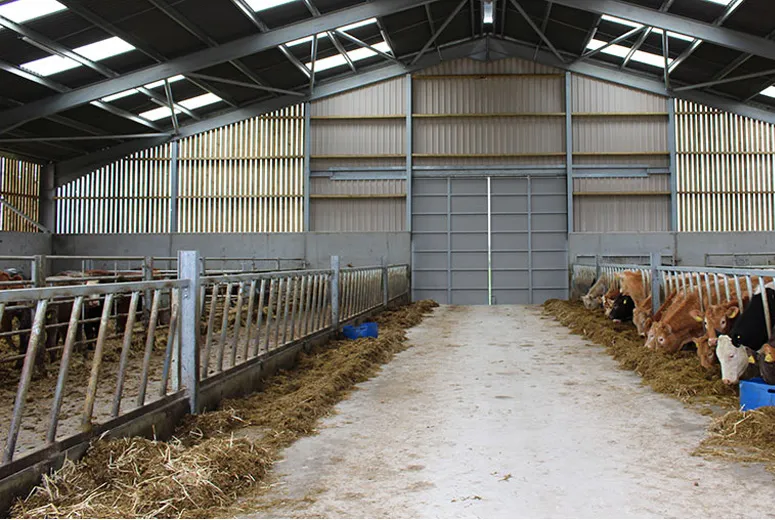- Afrikaans
- Albanian
- Amharic
- Arabic
- Armenian
- Azerbaijani
- Basque
- Belarusian
- Bengali
- Bosnian
- Bulgarian
- Catalan
- Cebuano
- Corsican
- Croatian
- Czech
- Danish
- Dutch
- English
- Esperanto
- Estonian
- Finnish
- French
- Frisian
- Galician
- Georgian
- German
- Greek
- Gujarati
- Haitian Creole
- hausa
- hawaiian
- Hebrew
- Hindi
- Miao
- Hungarian
- Icelandic
- igbo
- Indonesian
- irish
- Italian
- Japanese
- Javanese
- Kannada
- kazakh
- Khmer
- Rwandese
- Korean
- Kurdish
- Kyrgyz
- Lao
- Latin
- Latvian
- Lithuanian
- Luxembourgish
- Macedonian
- Malgashi
- Malay
- Malayalam
- Maltese
- Maori
- Marathi
- Mongolian
- Myanmar
- Nepali
- Norwegian
- Norwegian
- Occitan
- Pashto
- Persian
- Polish
- Portuguese
- Punjabi
- Romanian
- Russian
- Samoan
- Scottish Gaelic
- Serbian
- Sesotho
- Shona
- Sindhi
- Sinhala
- Slovak
- Slovenian
- Somali
- Spanish
- Sundanese
- Swahili
- Swedish
- Tagalog
- Tajik
- Tamil
- Tatar
- Telugu
- Thai
- Turkish
- Turkmen
- Ukrainian
- Urdu
- Uighur
- Uzbek
- Vietnamese
- Welsh
- Bantu
- Yiddish
- Yoruba
- Zulu
Nov . 29, 2024 12:45 Back to list
The Importance of Choosing the Right Building Materials for Warehousing
In the realm of modern commerce, warehouses play a pivotal role in the supply chain, serving as essential hubs for storage, distribution, and management of goods. The efficiency, durability, and functionality of these structures are heavily contingent upon the quality and type of building materials used. Selecting the right materials is not just about aesthetics or initial costs; it encompasses a range of factors including sustainability, energy efficiency, and long-term maintenance.
Structural Integrity and Safety
First and foremost, the structural integrity of a warehouse is crucial. Building materials must be chosen based on their ability to withstand the specific load requirements associated with stored goods and operational activities. Steel and reinforced concrete remain the most popular choices for the primary structure due to their strength and durability. Steel framing, in particular, offers flexibility in design, allowing for larger spans and open space layouts essential for storage effectiveness.
In addition, safety regulations must be adhered to when selecting building materials. Fire-resistance is one such consideration, especially in warehouses storing flammable materials. Gypsum board, fire-retardant treated wood, and brick are often utilized in such applications to mitigate risks. The choice of materials can significantly impact not only the building's longevity but also the safety of onsite personnel and the security of stored goods.
Energy Efficiency and Sustainability
With the growing awareness of environmental concerns, energy efficiency has become a critical factor in warehousing. Building materials that promote insulation, such as insulated metal panels or specialized roof systems, can significantly reduce heating and cooling costs. The use of energy-efficient windows that minimize heat loss not only promotes a comfortable working environment but also conveys a commitment to sustainability.
Moreover, the adoption of eco-friendly building materials, such as bamboo, recycled steel, or reclaimed wood, is gaining traction. These materials not only reduce the carbon footprint associated with new constructions but also attract environmentally conscious businesses seeking to partner with like-minded suppliers. Incorporating green roofing or solar panels can further augment energy efficiency, transforming warehouses into renewable energy producers rather than mere consumers.
warehouse building material

Long-term Maintenance
Another critical aspect of material selection is the ease of maintenance. Warehouses endure a high volume of activity, which can lead to wear and tear over time. Materials that are durable, resistant to corrosion, or easily repairable contribute to minimizing long-term operational costs. For instance, vinyl flooring is frequently favored in warehouse settings due to its resilience and ease of cleaning, while metal wall panels can withstand impacts and are less prone to damage compared to traditional drywall.
Cost Considerations
While initial costs play a significant role in the decision-making process, businesses must evaluate the lifecycle costs associated with different materials. Investing in higher-quality materials may incur greater upfront expenses but can yield substantial savings over time through reduced maintenance needs and enhanced energy efficiency.
It's also essential to consider local availability and transportation costs associated with building materials. Sourcing materials that are locally produced can minimize shipping costs and align with sustainability goals by reducing carbon emissions associated with transportation.
Conclusion
In conclusion, the choice of building materials in warehouse construction is a multifaceted decision that impacts not only the structural integrity and safety of the facility but also its energy efficiency, maintenance costs, and environmental footprint. As businesses continue to grow and adapt to changing market demands, the importance of selecting the right materials will only increase. Companies that prioritize thoughtful material selection not only invest in the longevity of their buildings but also position themselves favorably in a competitive landscape where sustainability and efficiency are paramount. Ultimately, the future of warehousing relies on innovations in building materials that meet the needs of both the business and the environment.
-
How Do Prefabricated Steel Structures Transform Modern Construction?
NewsJul.14,2025
-
How Do Prefabricated Metal Buildings Redefine Modern Construction?
NewsJul.14,2025
-
How Do Prefab Insulated Metal Buildings and Steel Structures Revolutionize Modern Construction?
NewsJul.14,2025
-
How Do Pre - Engineered Steel Structures Redefine Modern Construction?
NewsJul.14,2025
-
Advancing Modular Construction with Prefabricated Metal Structures
NewsJul.14,2025
-
Advancing Industrial Infrastructure with Prefabricated Steel Solutions
NewsJul.14,2025
Products categories
Our Latest News
We have a professional design team and an excellent production and construction team.












